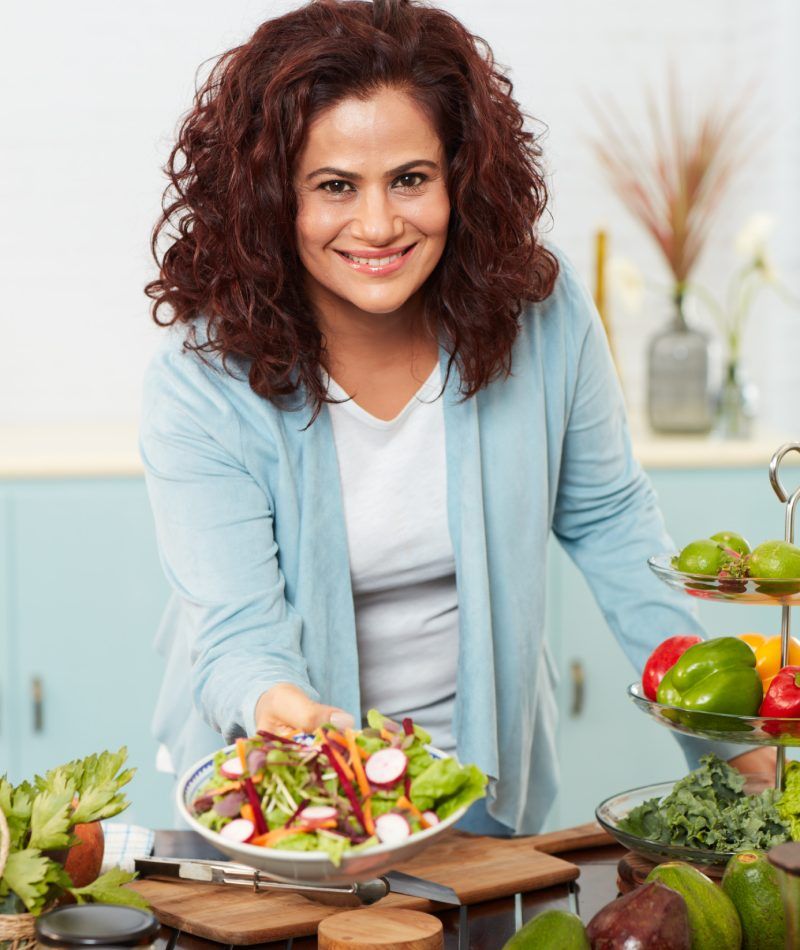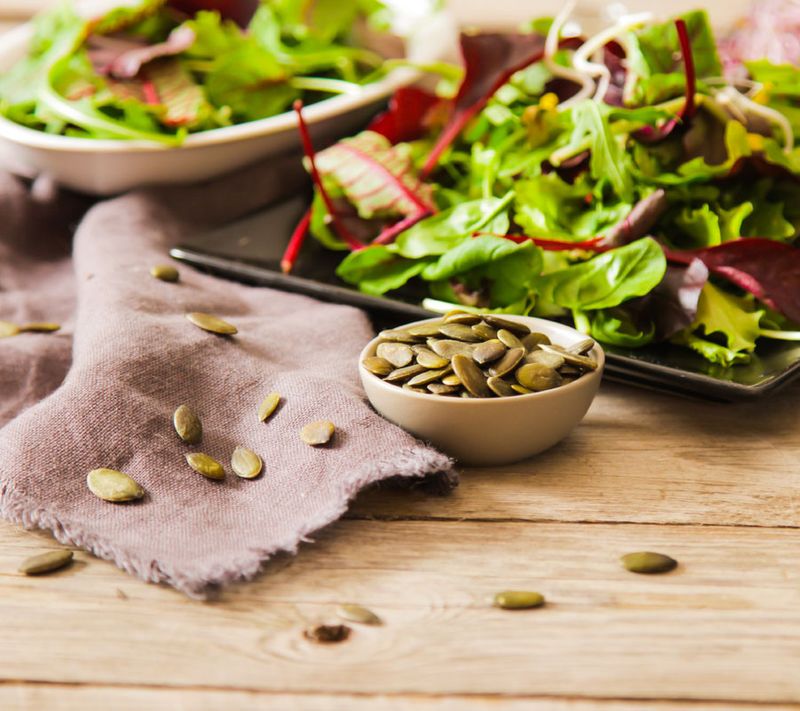A bowl of roasted cashews might look tempting, but that’s not the only way to eat them. The same goes for almonds, pistachios, and any nut that you like. And what does one even do with seeds? Mumbai-based macrobiotic nutritionist, chef, author, and instructor Shonalii Sabherwal says it all depends on one’s lifestyle and what one eats on a day-to-day basis. If you’re vegan or vegetarian, you might do yourself a favour by incorporating nuts and seeds into your diet to compensate for your protein intake, she says. So let’s take a look at the various ways one can use them.

1. Curries and dal

We all make curries at home and pretty much all the time. “I use cashews to thicken my curries. It’s delicious and healthy,” says Sabherwal. Cashews are also great when it comes to making dips. For vegans, it’s a good alternative to yoghurt.
If you don’t like the taste of flax seeds, ground them up and add them to your dal. It camouflages the taste and yet gives you the necessary goodness. In fact, flax seeds can also be added to rotis for extra fibre and protein.
2. Smoothies

An easy way to consume a lot of healthy ingredients at one go, smoothies are a good concoction to add nuts and seeds to. Chia is one such seed; it has a delicious nuttiness that gives smoothies a lovely crunch and texture. Plus chia gives you a good dose of energy. You don’t even have to roast the seeds.
Aleef aliv or watercress seeds, which are fairly underrated, are great for smoothies too, says Sabherwal, adding: “I like to sprout them and use their shoots for various things. The moment you sprout the seed, you increase its bioavailability.” Freshly germinated seeds supposedly give you more energy too, she further says.
3. Salads

Almost all seeds and nuts can be added to salads, be it chia, toasted almonds, cashews, watermelon, or watercress—just name it. You can also sprout the seeds and use the microgreens to add to salads. And you don’t have to make a complicated salad either, just make a simple kachumbar and add the microgreens to it, says the gut expert. And it’s not difficult to grow them on your kitchen window. Flaxseed oil can be drizzled over salads too.
4. Dairy and desserts

If you can’t digest dairy, use almonds to make milk or to add to your desserts. You can easily learn to make it at home. Or buy from a trusted source. “I use a lot of almond milk throughout the day,” says Sabherwal. “I also use pistachio—mainly on desserts. Chia pudding is a great dessert as well as a breakfast dish.” Chia, incidentally, is a great product for gelling. “I make something called chia egg. It’s basically soaked chia slime that I can use in making jams. Chia gel is also used as an alternative to eggs in desserts,” she adds. Almonds are ideal for Indian desserts and a great source of protein as well.
5. Snacks and trail mixes

One of the best ways to make trail mixes is to pre-prep it on a weekend and make it last a week, opines Sabherwal. “Take one part berry or raisins and add four parts of nuts and seeds to it. Store it in a zip-lock bag. And don’t over eat it,” she advises.
Similarly, seeds such as watermelon, sunflower, and even flax seeds can be mixed with chivda, roasted, and spiced and eaten as a snack. Almonds are great fillers between meals, too. “I usually soak my almonds overnight and sun-dry them in a solar cooker. But that might be too much for some people and roasting them too is fine,” Sabherwal says.
How you eat your nuts and seeds depends a lot on your lifestyle and what you eat throughout the day. When you think of a dish you plan to make for the day, for example a vegetable curry, just throw some seeds into it. You don’t have to overthink it; make it a habit in order to get the most out of these little healthy treats.




